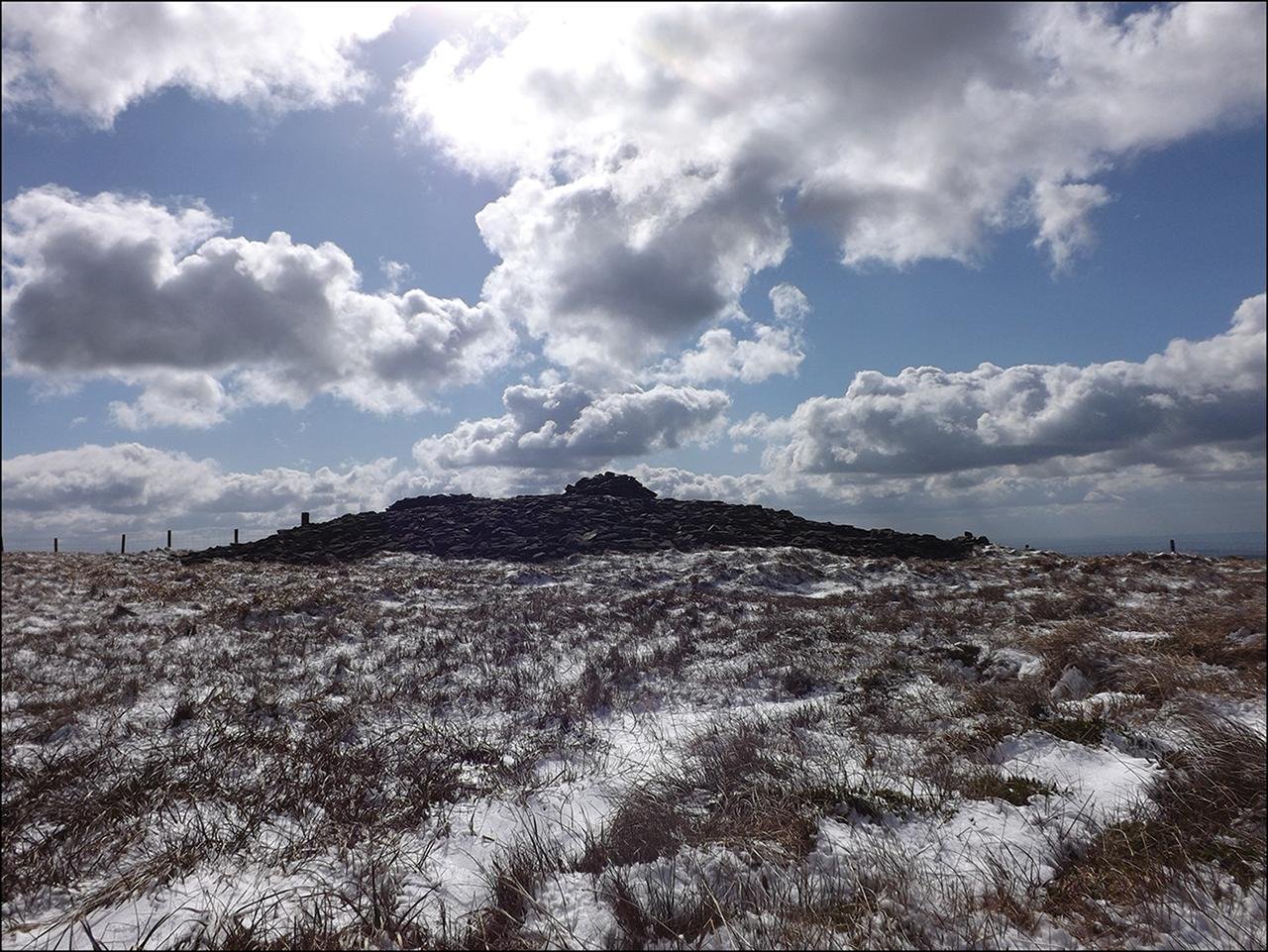A recent archaeological survey in the Baltinglass landscape of County Wicklow, Ireland, has revealed hundreds of previously unrecorded monuments.

Published in the journal Antiquity, the study, led by Dr. James O’Driscoll from the University of Aberdeen, employed advanced LiDAR technology to reveal intricate details of the landscape, uncovering structures that had been hidden for millennia beneath the earth’s surface.
The Baltinglass area, often referred to as ‘Ireland’s Hillfort Capital,’ boasts a high density of Early Neolithic and Late Bronze Age monuments. However, until now, evidence from the Middle Neolithic period has been scarce.
Utilizing LiDAR technology, which employs laser pulses to create precise 3D models of the terrain, archaeologists were able to identify traces of ancient sites that had been obliterated by centuries of plowing.

Among the most remarkable discoveries were the remains of up to five cursus monuments, an exceedingly rare find in Ireland. Cursus monuments, characterized by their elongated earthwork enclosures, are believed to have held ceremonial significance, possibly serving as pathways for the dead or as markers for important astronomical events.
Dr. O’Driscoll, discussing the significance of the discovery, remarked, “The Baltinglass cursus cluster is now the largest group of these types of monuments identified in Ireland, with previously only pairs known at Newgrange, Knockainey, and Brewel Hill.” Alignments with burial complexes and significant solar events suggest a connection between the monuments and the cycles of life and death.

While the exact purpose of these monuments remains a subject of debate, Dr. O’Driscoll posits that they may have served as ceremonial markers, guiding the departed on their journey from the land of the living to the realm of their ancestors. He suggests, “The cursus may have physically demarcated the final route of the dead.”
Moreover, the discovery challenges previous assumptions about the continuity of human activity in the Baltinglass region. While evidence had suggested a gap in occupation between the Early Neolithic and Middle-Late Bronze Age periods, the presence of Middle Neolithic cursus monuments implies a more continuous habitation of the area, spanning millennia.
However, much work remains to be done to fully understand the significance of these monuments and their role in ancient Irish society. Dr. O’Driscoll concludes, “Further analysis of the Baltinglass cursus monuments, as well as Irish examples more broadly, holds great potential for understanding Middle Neolithic ritual and ceremonial practices.”























